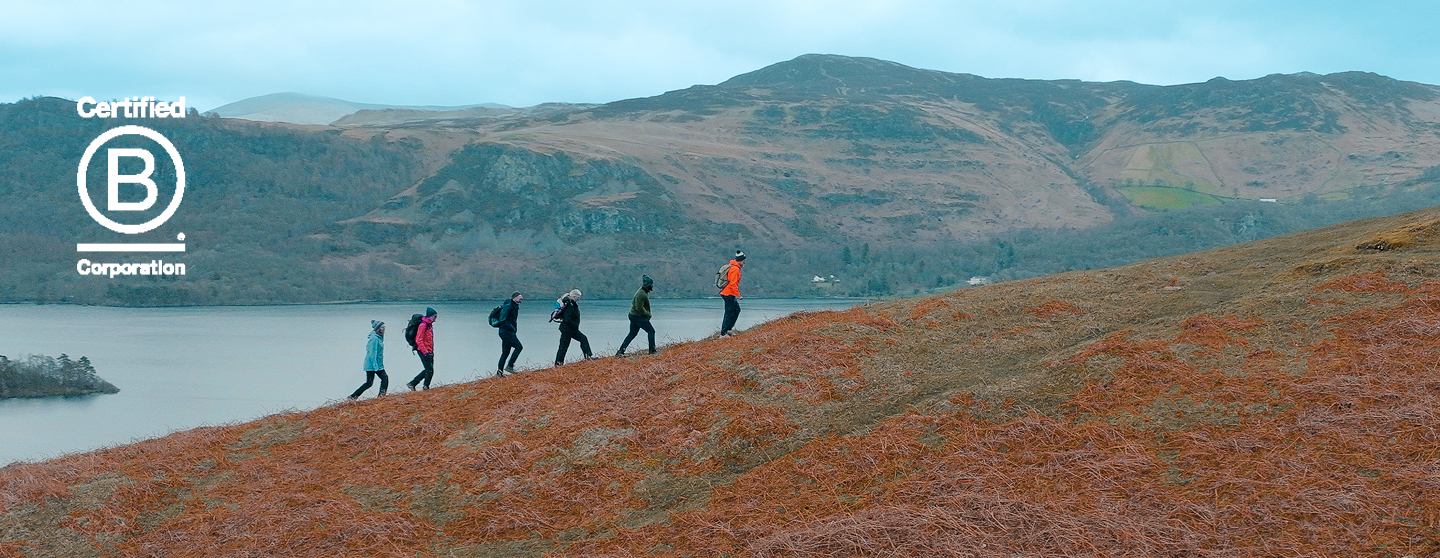

HF Holidays

April 2024
Accommodation
Service with Significant Environmental Footprint
Australia,
Austria,
Belgium,
Cambodia,
Cape Verde,
Chile,
Costa Rica,
Croatia (Hrvatska),
Cuba,
Cyprus,
Ecuador,
France,
Georgia,
Germany,
Greece,
Ireland,
Italy,
Kazakhstan,
Madagascar,
Morocco,
Namibia,
New Zealand,
Norway,
Oman,
Peru,
Poland,
Portugal,
Slovakia,
Slovenia,
South Africa,
Spain,
Switzerland,
Thailand,
United Kingdom,
United States,
Vietnam
Connecting like-minded people with a shared passion for the great outdoors has been at the heart of what HF Holidays has done since 1913. They currently offer 260-plus thoughtfully-curated guided and self-guided walking holidays in six continents, covering nearly 40 destinations in the UK, Europe, and beyond. As the UK’s only co-operative tour operator, they have 48,000 members - all of whom are part-owners of a purposeful business powered by its people and values. Unlike any other walking holidays company, they own and manage 16 UK country houses across the UK; from cosy Victorian manors to converted granaries and farmhouses. While each house has its own character and charm, all have desirable addresses just a skip away from some of the best-loved national parks and National Landscapes. Since 1998, the HF Holidays Pathways Fund has helped to conserve the countryside around their houses for the communities that live, work, and walk there – and provided the opportunity for struggling families to have a holiday. HF Holidays works with sustainability experts, ecollective, to create a strategy to reduce the carbon intensity of their product by 5% each year in order to become net zero by 2040, or earlier if possible.
Overall B Impact Score
Governance 14.3
Governance evaluates a company's overall mission, engagement around its social/environmental impact, ethics, and transparency. This section also evaluates the ability of a company to protect their mission and formally consider stakeholders in decision making through their corporate structure (e.g. benefit corporation) or corporate governing documents.
What is this? A company with an Impact Business Model is intentionally designed to create a specific positive outcome for one of its stakeholders - such as workers, community, environment, or customers.
Workers 24.4
Workers evaluates a company’s contributions to its employees’ financial security, health & safety, wellness, career development, and engagement & satisfaction. In addition, this section recognizes business models designed to benefit workers, such as companies that are at least 40% owned by non-executive employees and those that have workforce development programs to support individuals with barriers to employment.
Community 15.9
Community evaluates a company’s engagement with and impact on the communities in which it operates, hires from, and sources from. Topics include diversity, equity & inclusion, economic impact, civic engagement, charitable giving, and supply chain management. In addition, this section recognizes business models that are designed to address specific community-oriented problems, such as poverty alleviation through fair trade sourcing or distribution via microenterprises, producer cooperative models, locally focused economic development, and formal charitable giving commitments.
Environment 22.7
Environment evaluates a company’s overall environmental management practices as well as its impact on the air, climate, water, land, and biodiversity. This includes the direct impact of a company’s operations and, when applicable its supply chain and distribution channels. This section also recognizes companies with environmentally innovative production processes and those that sell products or services that have a positive environmental impact. Some examples might include products and services that create renewable energy, reduce consumption or waste, conserve land or wildlife, provide less toxic alternatives to the market, or educate people about environmental problems.
Customers 7.4
Customers evaluates a company’s stewardship of its customers through the quality of its products and services, ethical marketing, data privacy and security, and feedback channels. In addition, this section recognizes products or services that are designed to address a particular social problem for or through its customers, such as health or educational products, arts & media products, serving underserved customers/clients, and services that improve the social impact of other businesses or organizations.
What is this? A company with an Impact Business Model is intentionally designed to create a specific positive outcome for one of its stakeholders - such as workers, community, environment, or customers.